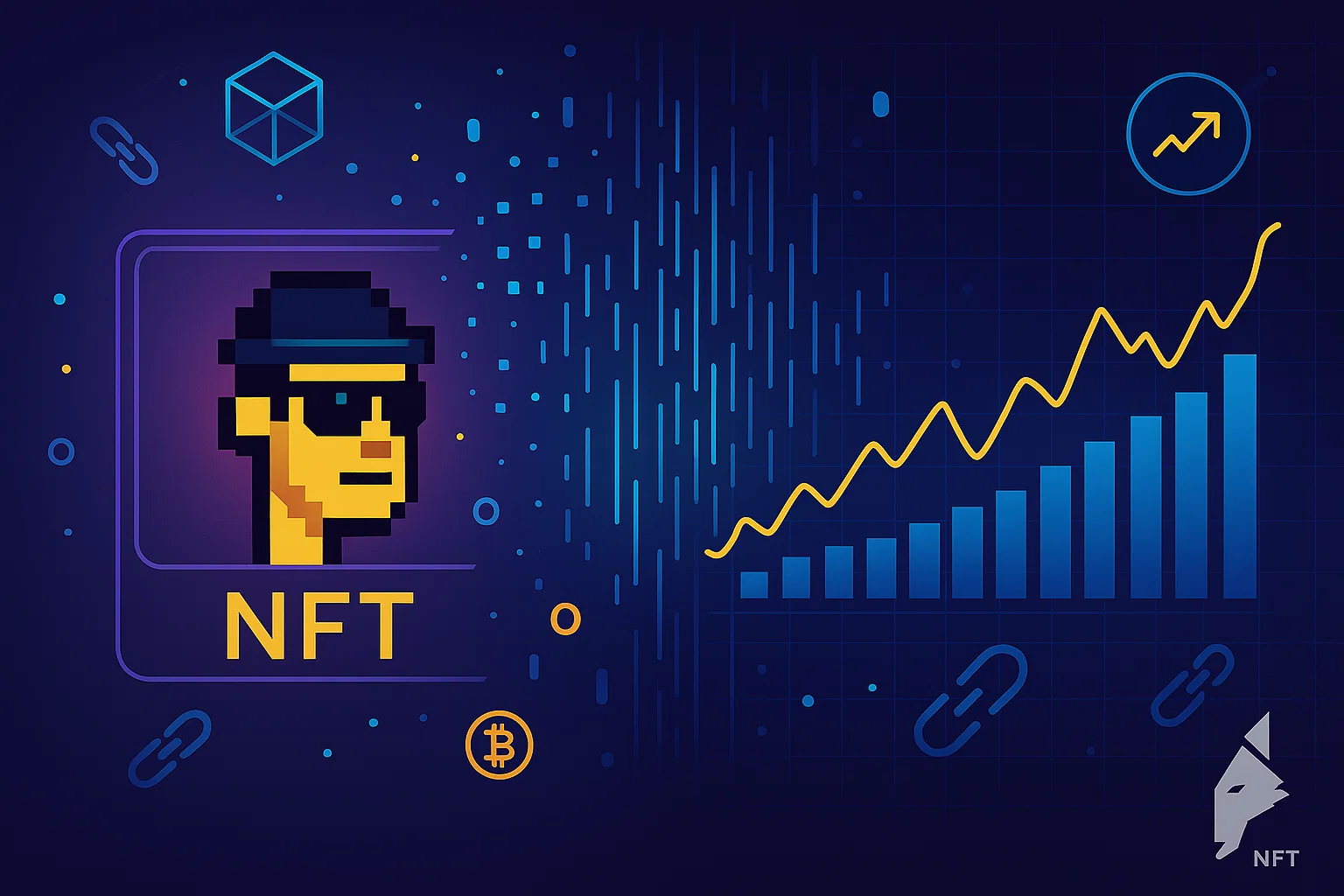As the NFT landscape matures, discussions around value are shifting. What began as a speculative rush driven by aesthetics and hype is evolving into a more structured market, where data, analysis, and macro trends play an increasingly important role. The early “gold rush” phase, where any JPEG could command six figures, has given way to a more analytical approach. Understanding what determines an NFT’s worth now requires a blend of cultural insight and financial literacy.
Beyond aesthetics: The framework of NFT value
At first glance, NFTs seem to defy traditional valuation models. Their worth appears subjective—driven by rarity, community engagement, or celebrity association. Yet, under the surface, familiar market principles are at play. Factors like supply, demand, liquidity, and perceived utility still form the foundation of price discovery.
Scarcity remains the most straightforward determinant. Limited-edition collections or 1-of-1 digital artworks naturally attract higher valuations. However, scarcity alone isn’t enough. What truly drives long-term demand is utility: NFTs that grant access to exclusive content, events, or staking rewards tend to retain value better than purely aesthetic tokens.
To understand how fundamentals affect NFT pricing, one can look to traditional asset markets for parallels. The Fundamental Analysis eBook provides a comprehensive overview of how underlying value drivers, such as growth potential, market sentiment, and scarcity, interact to shape price behavior. These same principles, adapted to the digital art space, can explain why some NFT projects thrive while others fade into obscurity.
The Role of Data and Market Transparency
NFT analytics tools now provide detailed insights into trading volume, holder distribution, and floor price movement, offering a clearer picture of market dynamics. Just as in equities or forex, data transparency transforms speculation into structured strategy. When collectors analyze wallet activity or liquidity depth, they are, in essence, conducting a form of technical and sentiment analysis.
The Technical Analysis eBook explores this mindset in traditional financial markets, illustrating how patterns and indicators reveal shifts in sentiment. Applying this same framework to NFT charts, tracking volume spikes or price-floor trends, offers an increasingly scientific approach to what was once considered pure speculation.
Macro Trends and Market Maturity
External economic conditions also play a role. When liquidity in broader markets tightens, speculative assets like NFTs often experience a downturn. Conversely, when digital adoption surges or blockchain infrastructure improves, new inflows of capital follow. NFTs are no longer isolated from the global financial ecosystem; they move in sync with broader trends in risk appetite, innovation, and monetary policy.
This interconnection underscores an important reality: NFTs, though unique in form, operate under the same behavioral laws that govern every other market. As institutional players explore tokenization and regulated digital assets, the NFT space is likely to become increasingly intertwined with mainstream finance, an evolution that rewards knowledge, patience, and analytical depth.
I am Normand Burgos, a content creator who specializes on blockchain technology. I am 44 years old and have been married for 10 years to my beautiful wife and we have two kids, a boy and a girl.
I love spending time with my family and friends, going out to eat, watching movies, playing video games, and of course learning about new technologies. I have worked in various industries throughout my career but find myself most passionate about blockchain technology because of its potential to change the world as we know it.


